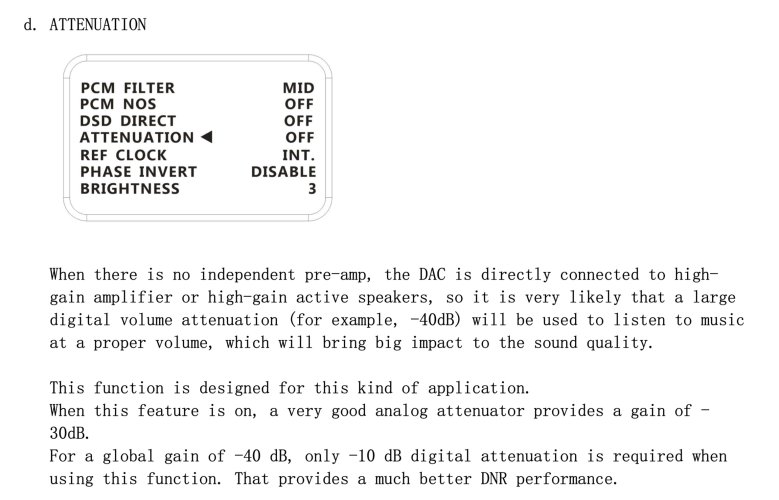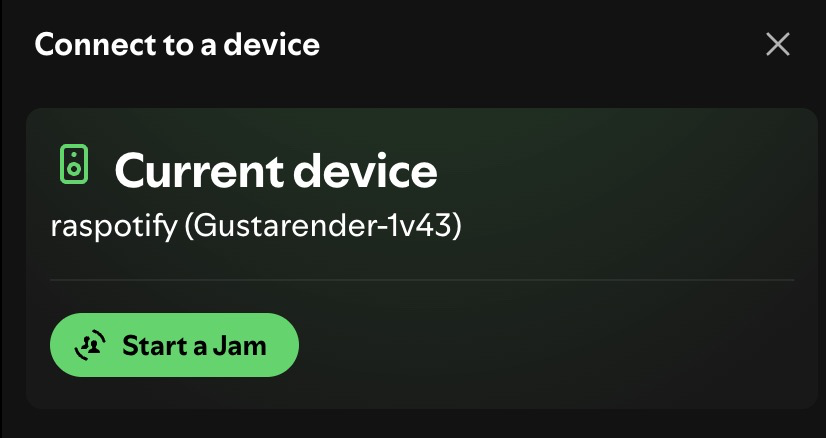let me cut & paste from wikipedia about Direct Stream Digital
https://en.wikipedia.org/wiki/Direct_Stream_Digital
DSD compatible hardware[edit]
"Native DSD" playback definition is somewhat a matter of philosophy. Generally speaking, it avoids the conversion of DSD data into multibit PCM at anywhere along the decoding/reproduction chain, as is common in digital volume control.[
citation needed]
Many commercially available DACs now support 'native DSD', featuring off-the-shelf chips from ESS, AKM, Cirrus Logic, or Burr Brown.
Due to the minimalist appeal of 1-bit DSD, and its theoretical simplicity in decoding, there are also commercially available and DIY DACs that specialize in DSD decoding, avoiding the use of off-the-shelf DAC chips. These include RT Audio Design's Pure DSD Converter, and the STAR Pure DSD DAC.
Finally, Ed Meitner and Andreas Koch, who have historical ties with the development of DSD and SACD, have companies that produce DACs. Ed Meitner has affiliation with EMM Labs and Meitner Audio. Andreas Koch is affiliated with Playback Designs.





































